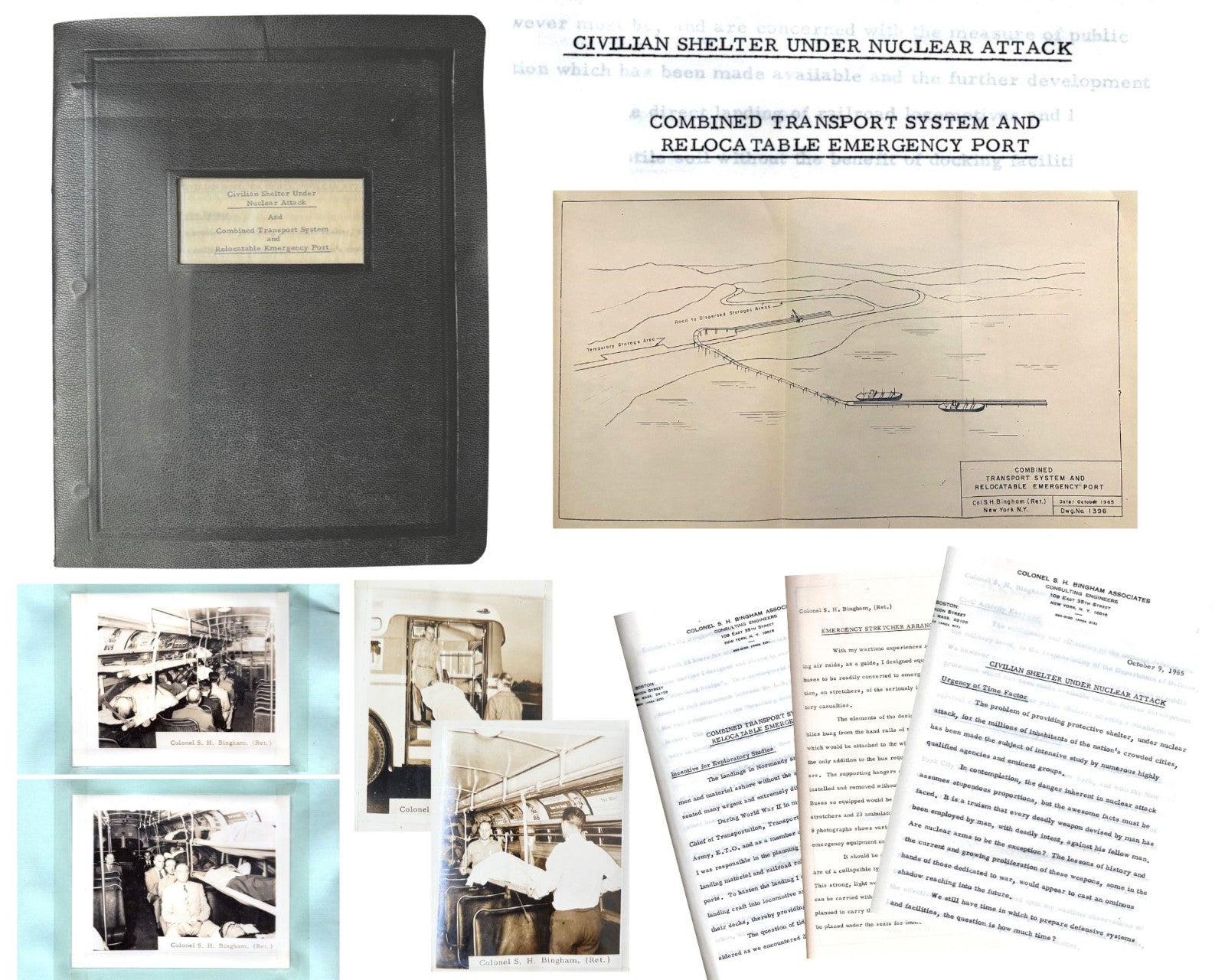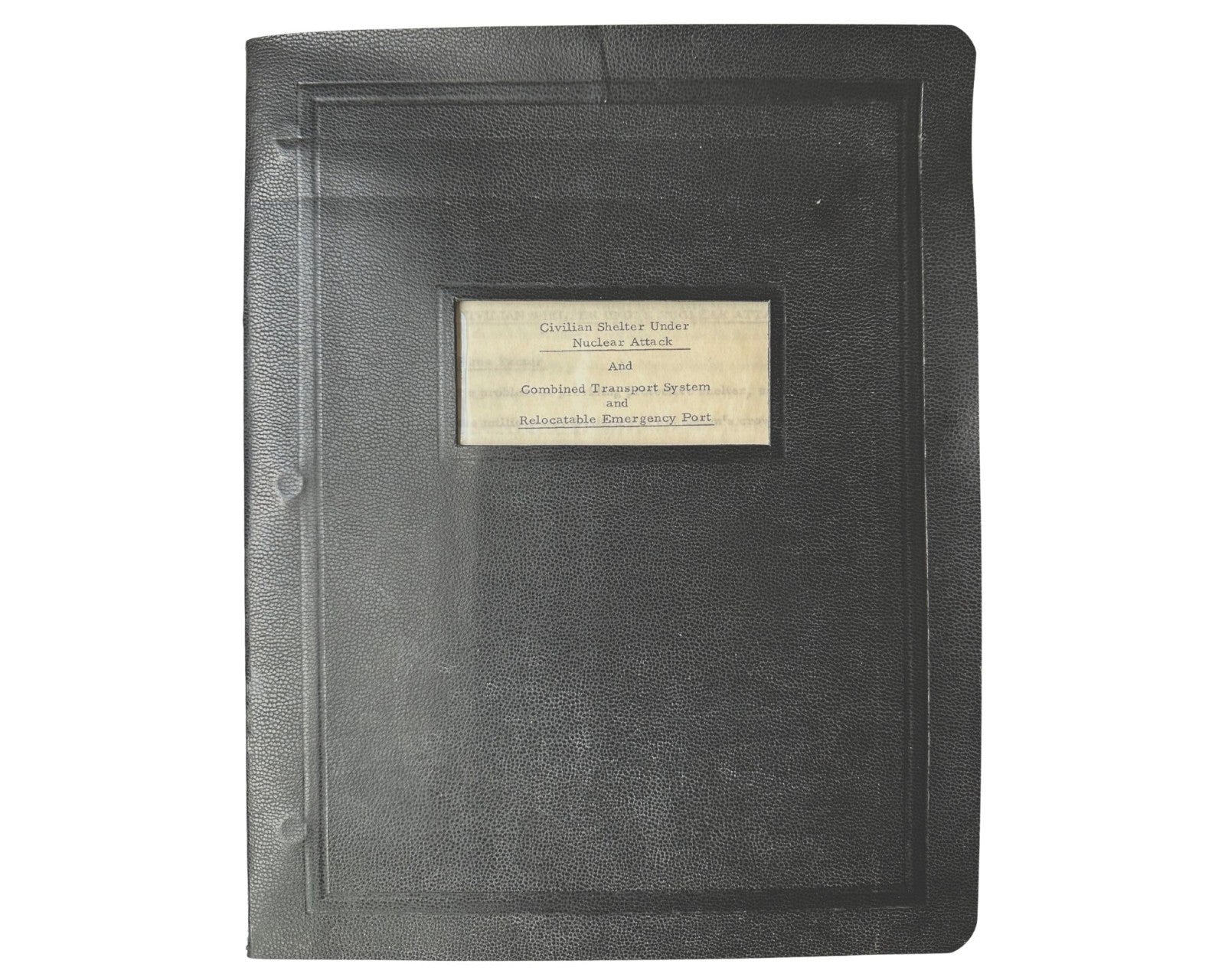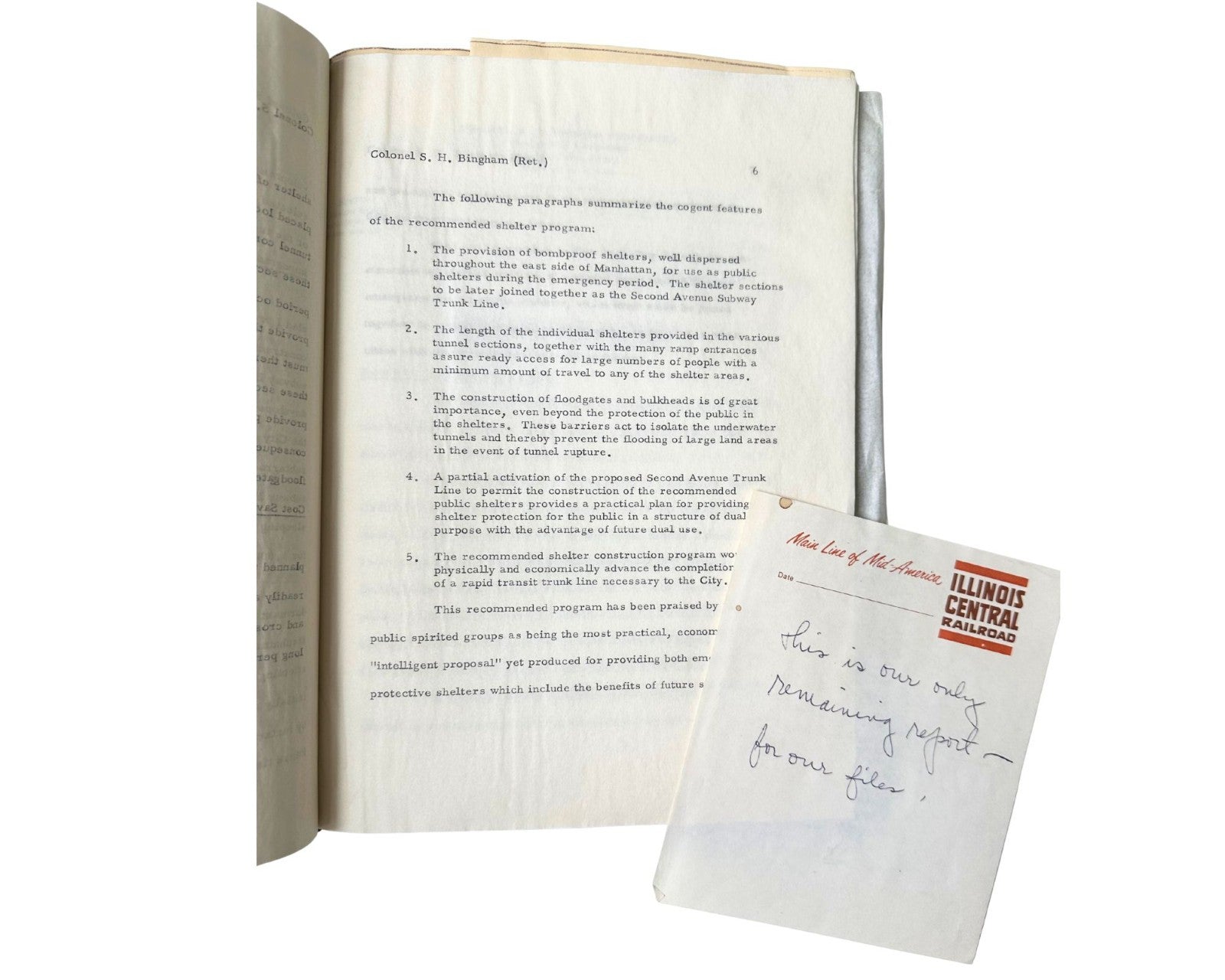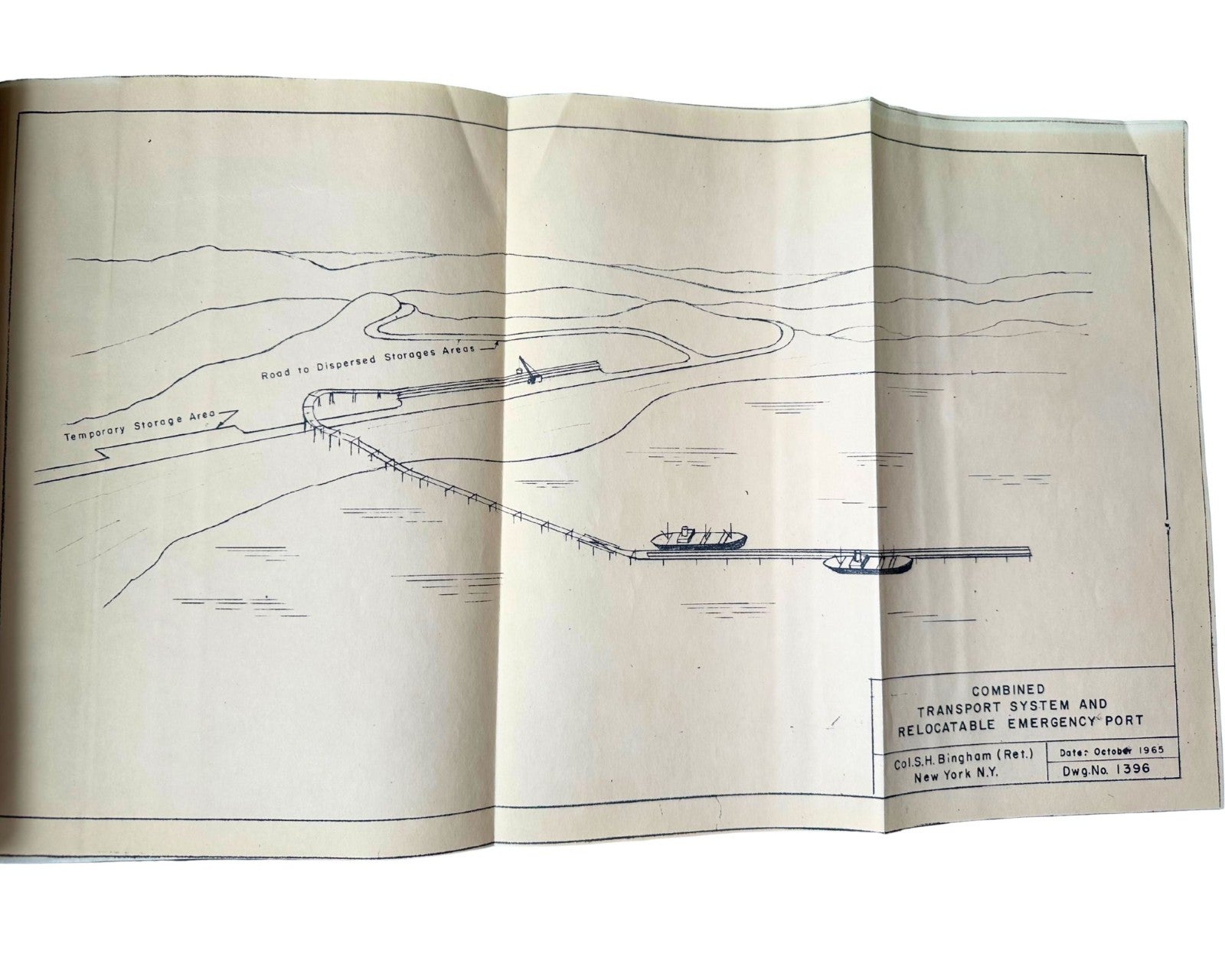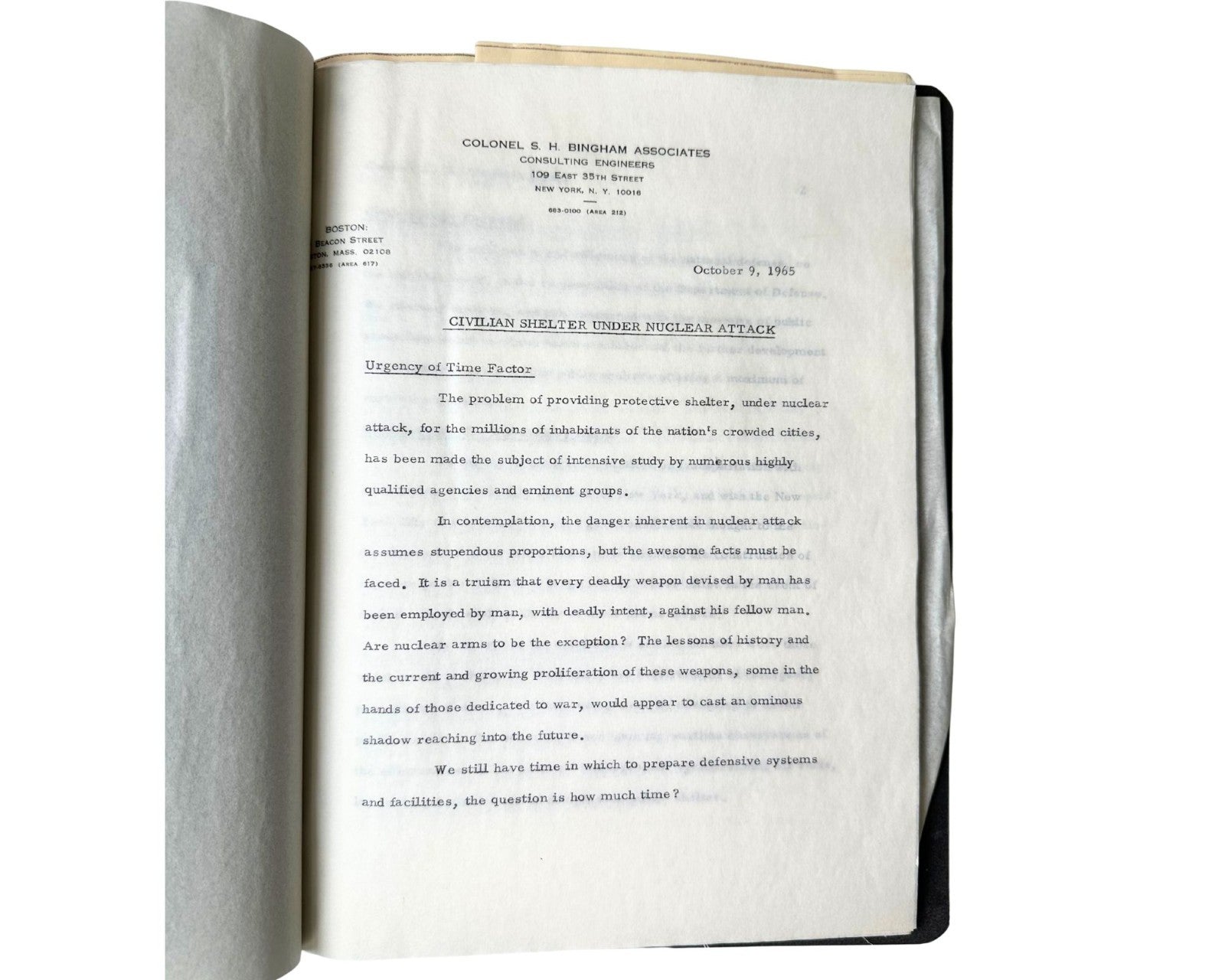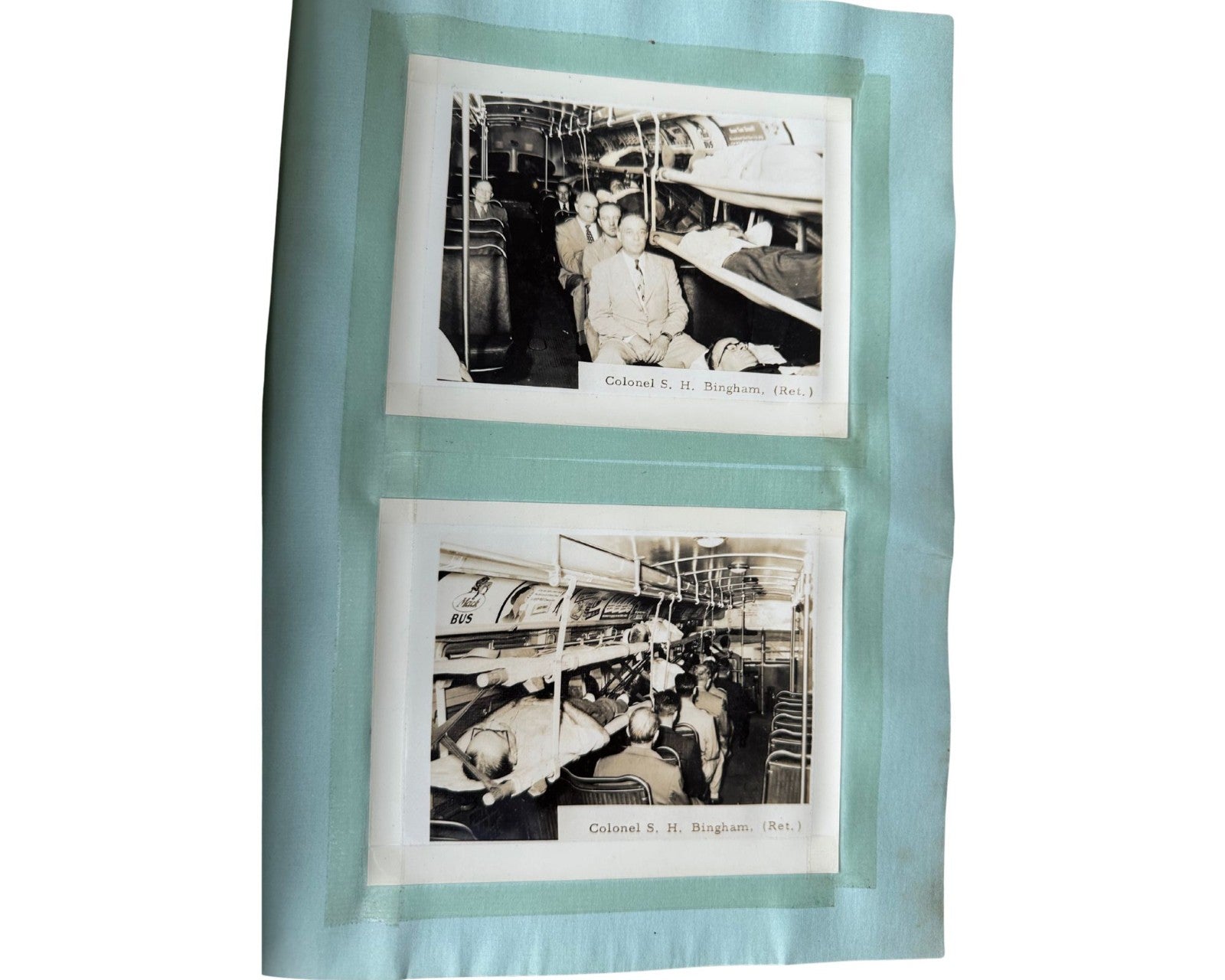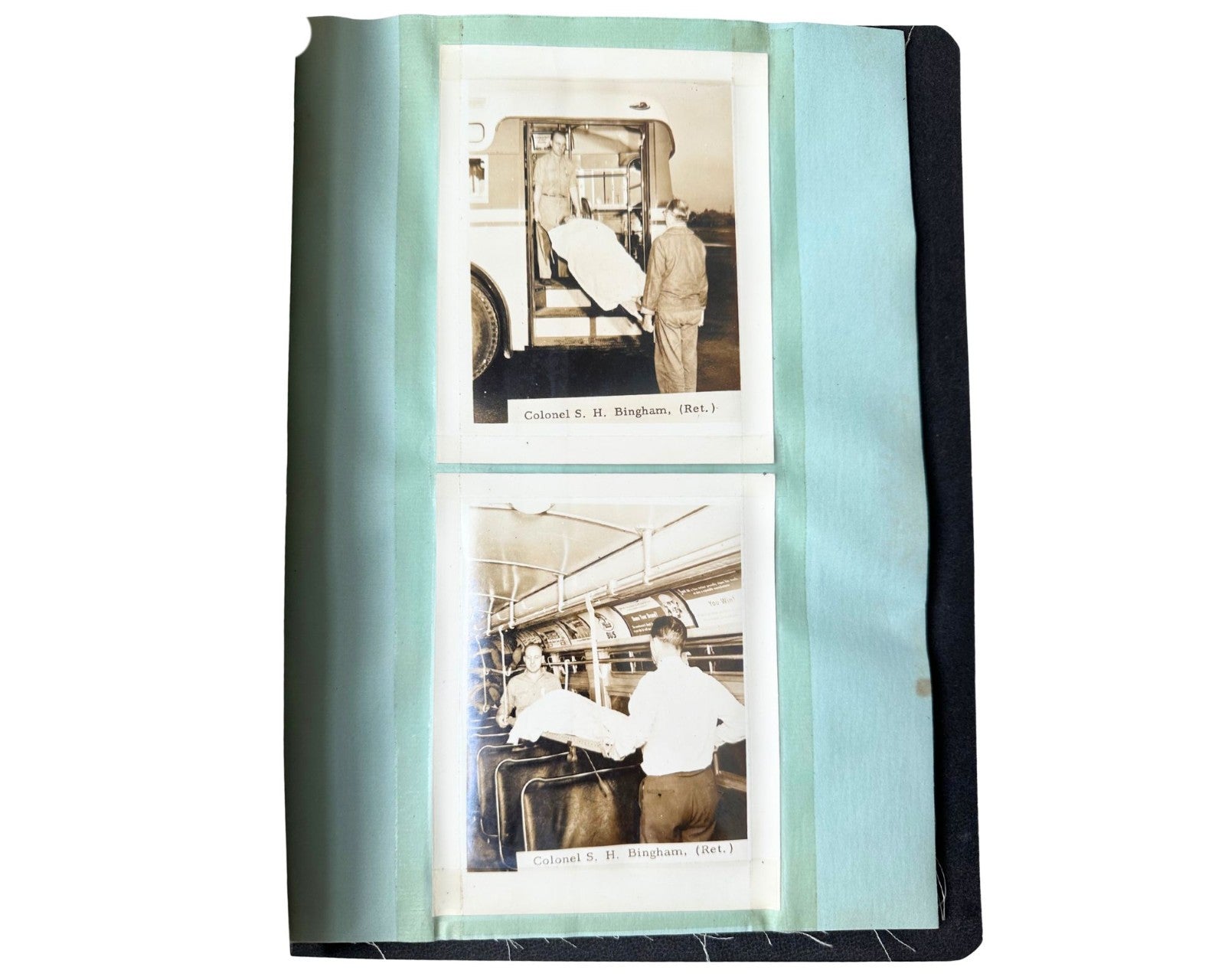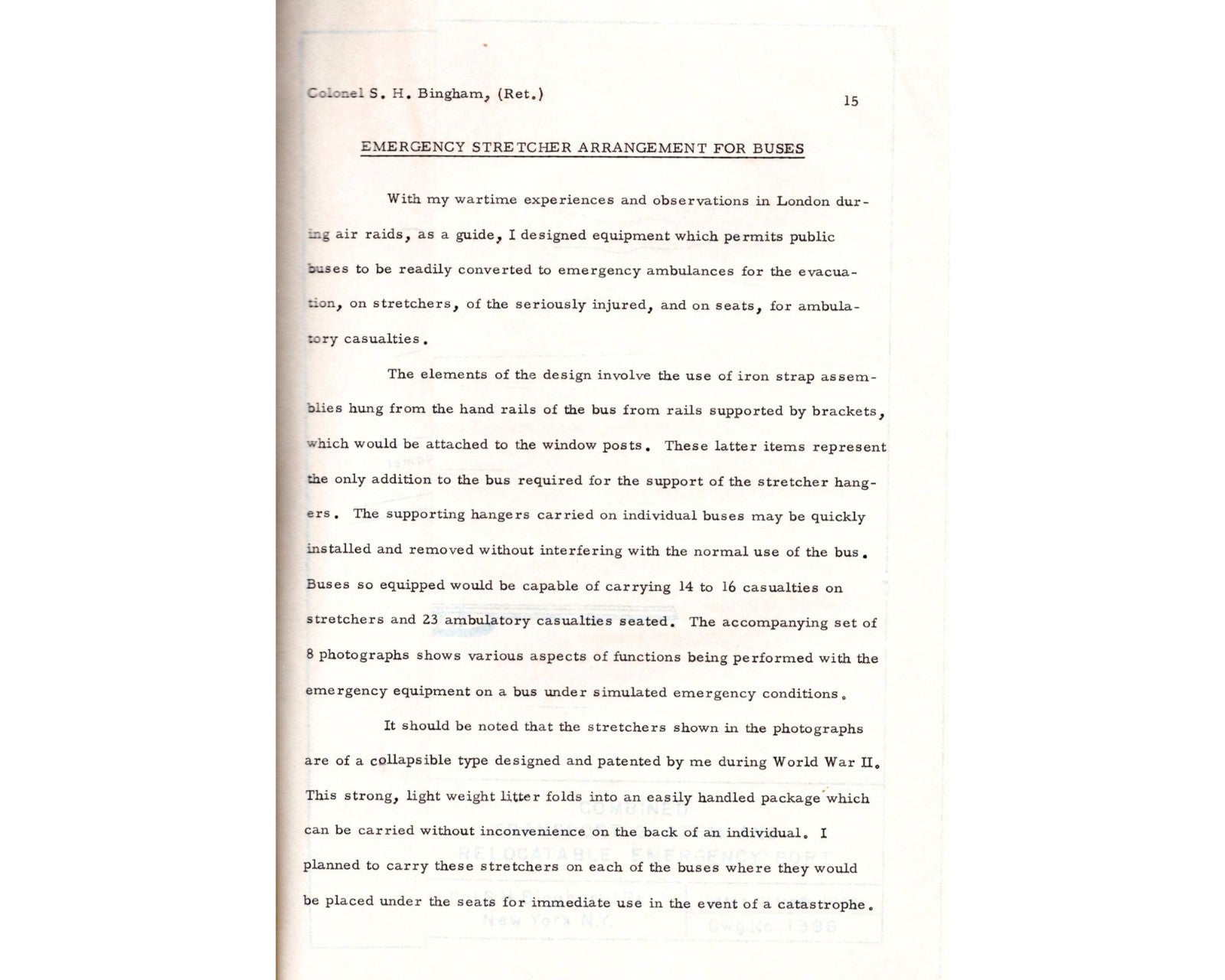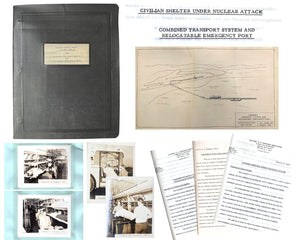NYC Nuclear Attack Plan for Subways, Buses Cold War Archive w/ Photos, Schematics
NYC Nuclear Attack Plan for Subways, Buses Cold War Archive w/ Photos, Schematics
Couldn't load pickup availability
Title:
1965 Cold War Civil Defense Report by NYC Transit Chief Sidney H. Bingham – Civilian Shelter Under Nuclear Attack, with Photos, Drawings, and Engineering Solutions
Description:
Original 1965 Cold War-era civil defense engineering report authored by Colonel Sidney H. Bingham (Ret.), former Director of the New York City Transit Authority and U.S. Army railway engineer, titled “Civilian Shelter Under Nuclear Attack and Combined Transport System and Relocatable Emergency Port.” Dated October 9, 1965, this typed manuscript spans 15 pages, housed in a black folder measuring 8.5" x 11", and includes five large fold-out engineering schematics and eight black-and-white photographs affixed inside the report, showing Bingham's innovative stretcher-conversion system for city buses.
This comprehensive and forward-thinking proposal outlines three distinct Cold War-era civil defense strategies:
-
Construction of dual-purpose underground shelters beneath New York City that would serve as public bomb shelters during nuclear attack and later be integrated into future subway infrastructure.
-
Design of a portable port system, allowing ship cargo to be rapidly offloaded via rail in a wartime emergency.
-
Conversion of civilian buses into emergency ambulances, using lightweight collapsible stretchers designed by Bingham himself, based on his experience during the London Blitz.
A handwritten note on Illinois Central Railroad stationery clipped inside reads: “This is our only remaining report — for our files.” Photographs are labeled with Bingham’s name and depict staged emergency procedures inside buses, with seated and stretcher-bound patients.
Historical Context:
This report was issued just three years after the Cuban Missile Crisis of 1962, a defining Cold War flashpoint that brought the U.S. and Soviet Union to the brink of nuclear conflict. Though tensions temporarily eased after the crisis, the Cold War remained an active source of fear and planning throughout the 1960s, especially in dense urban centers like New York City, which were widely assumed to be prime targets in any nuclear exchange.
Colonel Sidney H. Bingham (1894–1980) was a distinguished U.S. Army officer and an influential figure in American transportation engineering. A graduate of Columbia University in electrical engineering, Bingham served with the Army railway engineers in World War I and returned to active service during World War II, where he played a critical role in logistics operations. Among his notable contributions was the design of an armored train used by General Dwight D. Eisenhower during his tenure as Supreme Allied Commander in Europe.
Following the war, Bingham became a central figure in New York City's transit development. He served as General Superintendent of the NYC Transit System beginning in 1946 and was later appointed Commissioner and Chairman of the Board of Transportation under Mayor William O’Dwyer in 1950. In this role, he proposed major infrastructure projects, including plans for the long-delayed Second Avenue Subway and automated transport systems for key transit lines such as the 42nd Street Shuttle. His career in public transportation continued until his retirement in 1955, after which he founded a consulting engineering firm.
Closing Appeal:
A one-of-a-kind Cold War civil defense artifact, this report is not just a technical proposal but a powerful reflection of the nuclear anxieties and engineering responses of the era. With photographs, original diagrams, and detailed firsthand solutions, it offers a rare glimpse into the practical and visionary mind of one of America’s foremost transportation engineers. For collectors of Cold War history, military engineering, or New York transit ephemera, this is an irreplaceable acquisition with unmatched historical depth.
Share
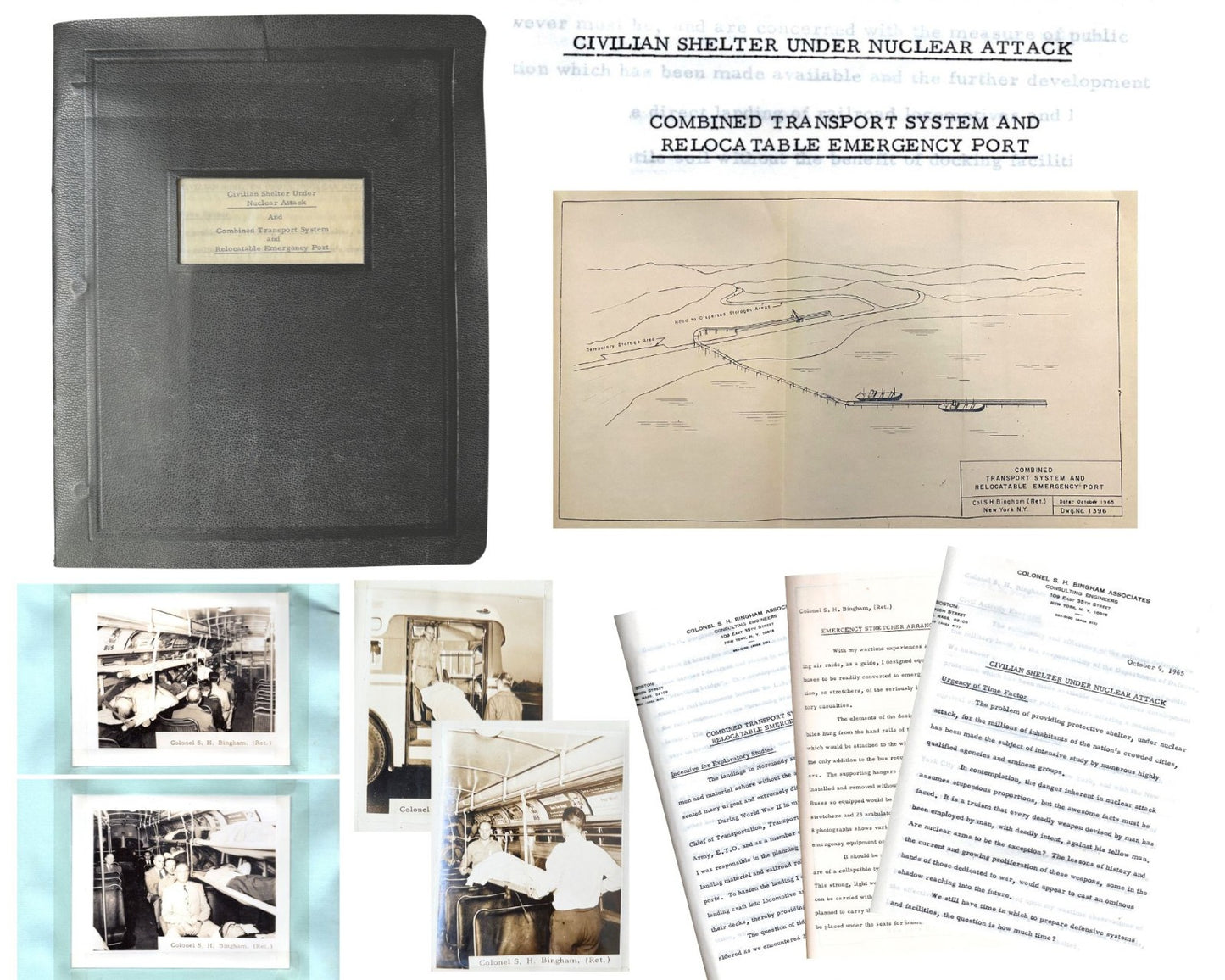
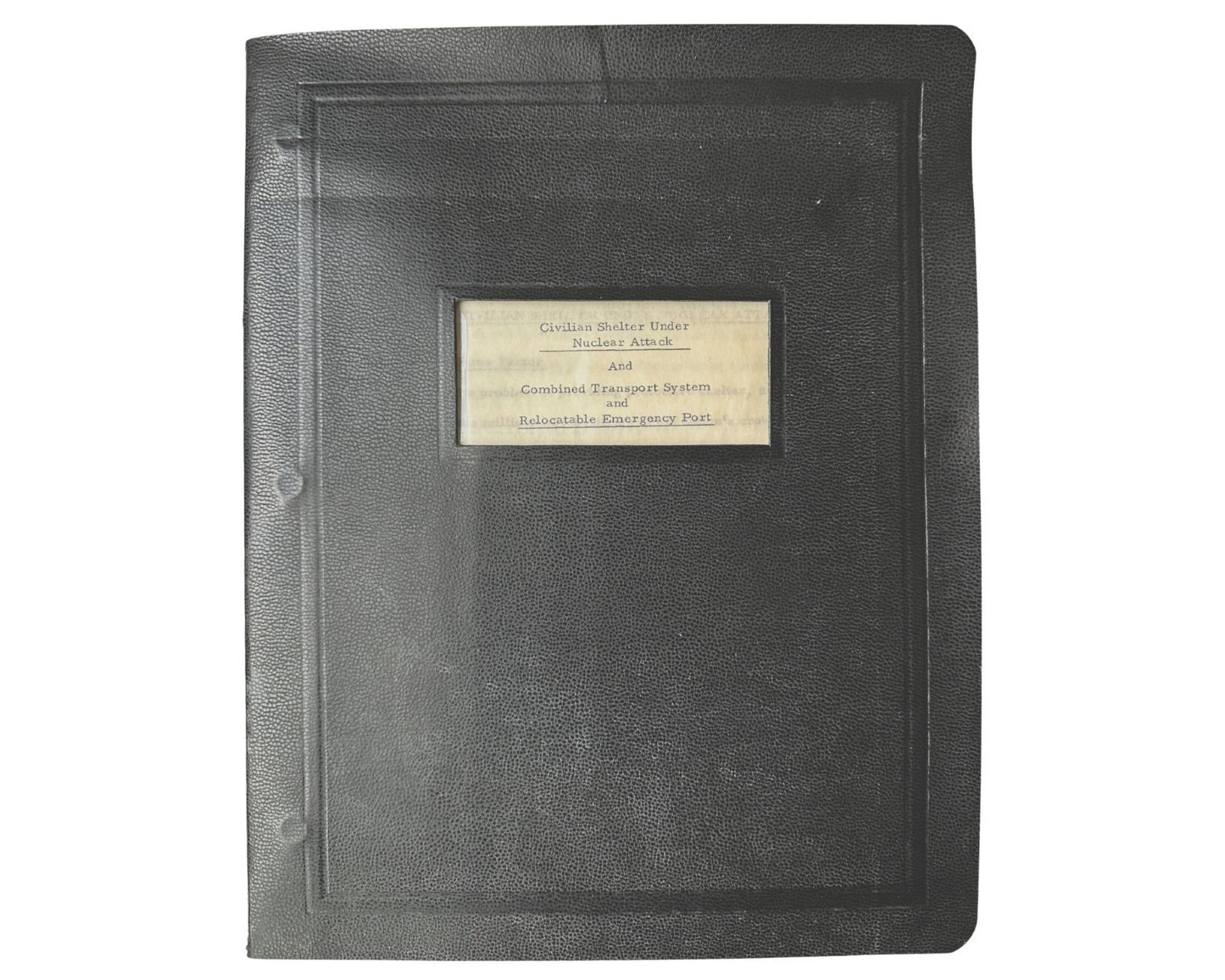

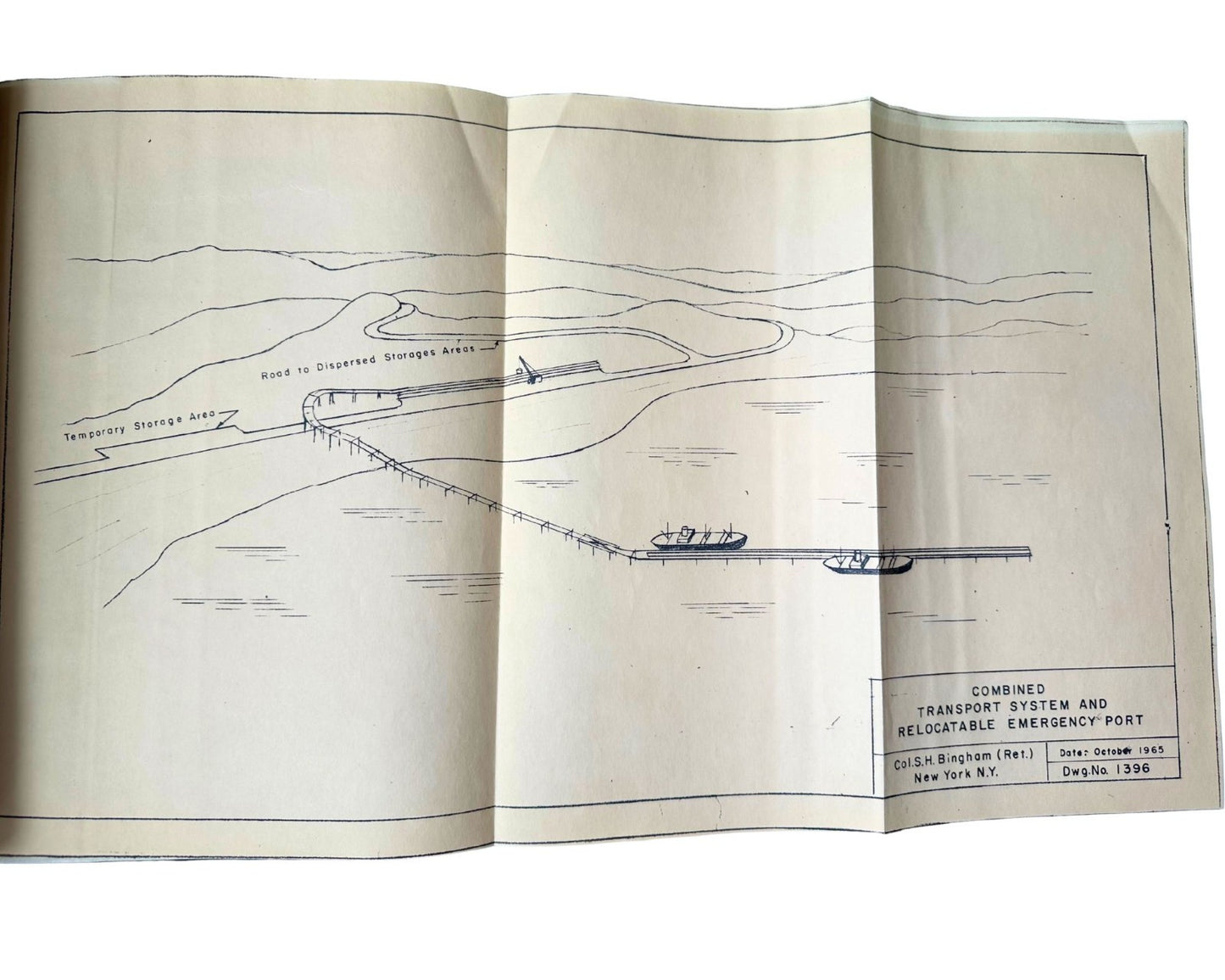
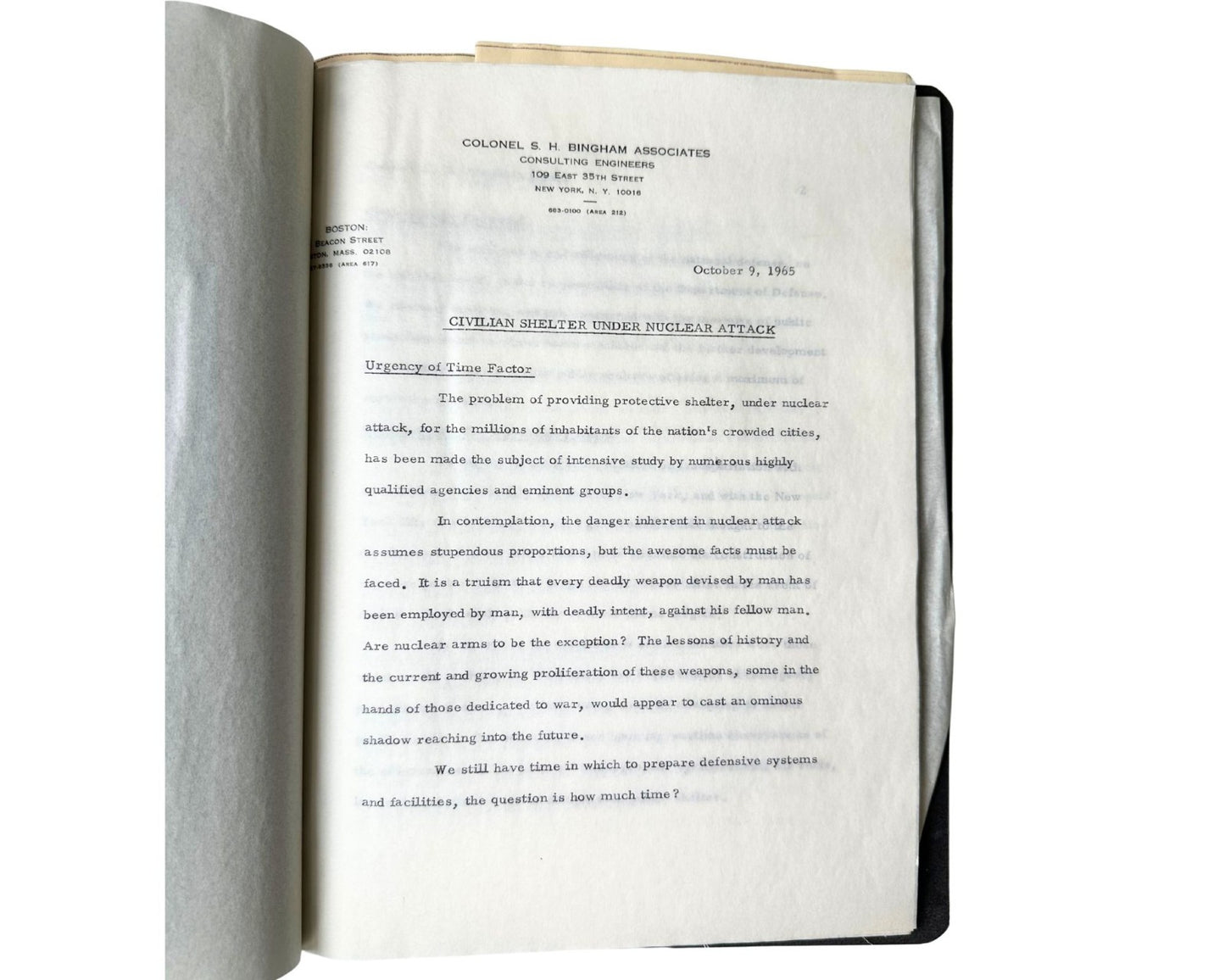
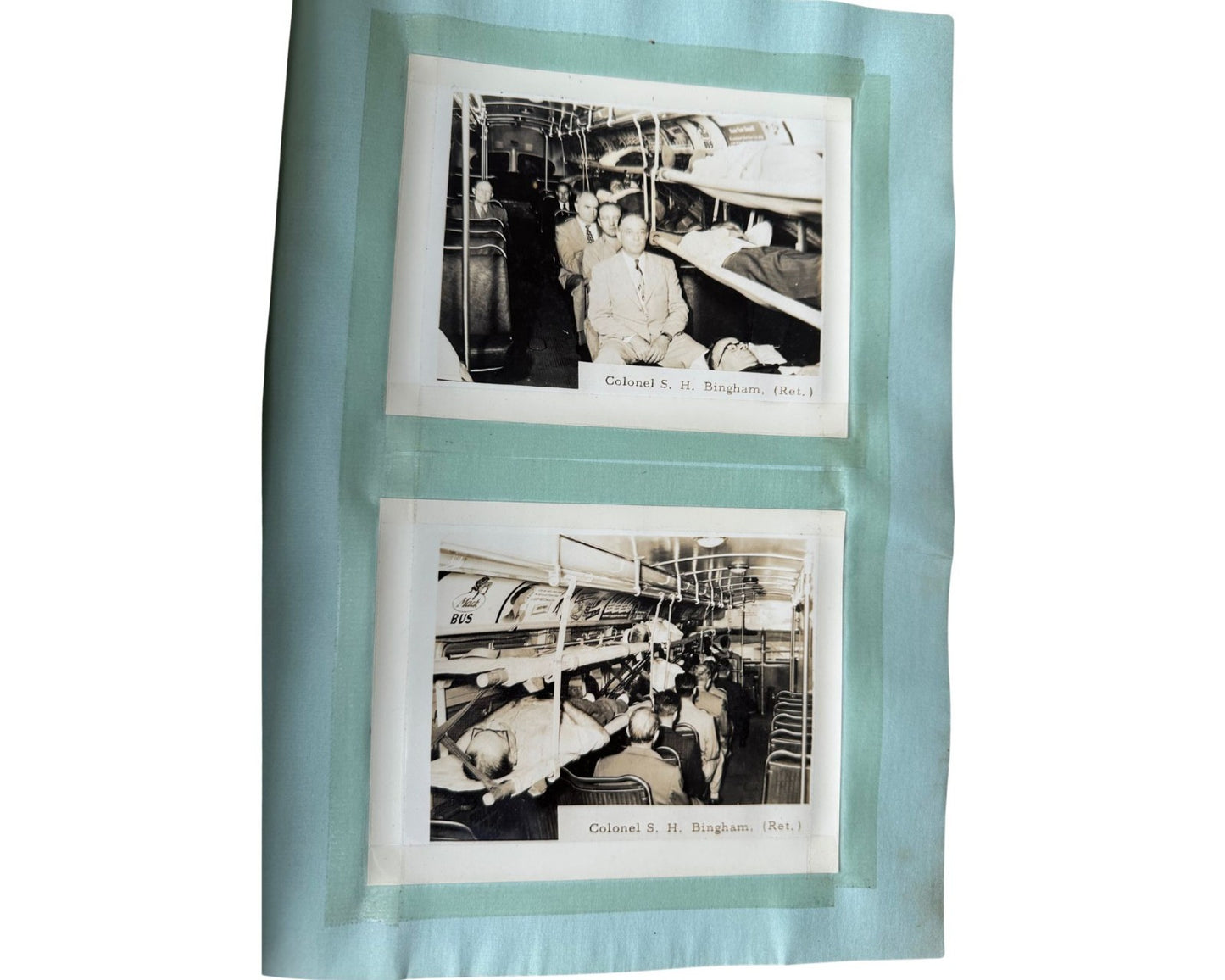
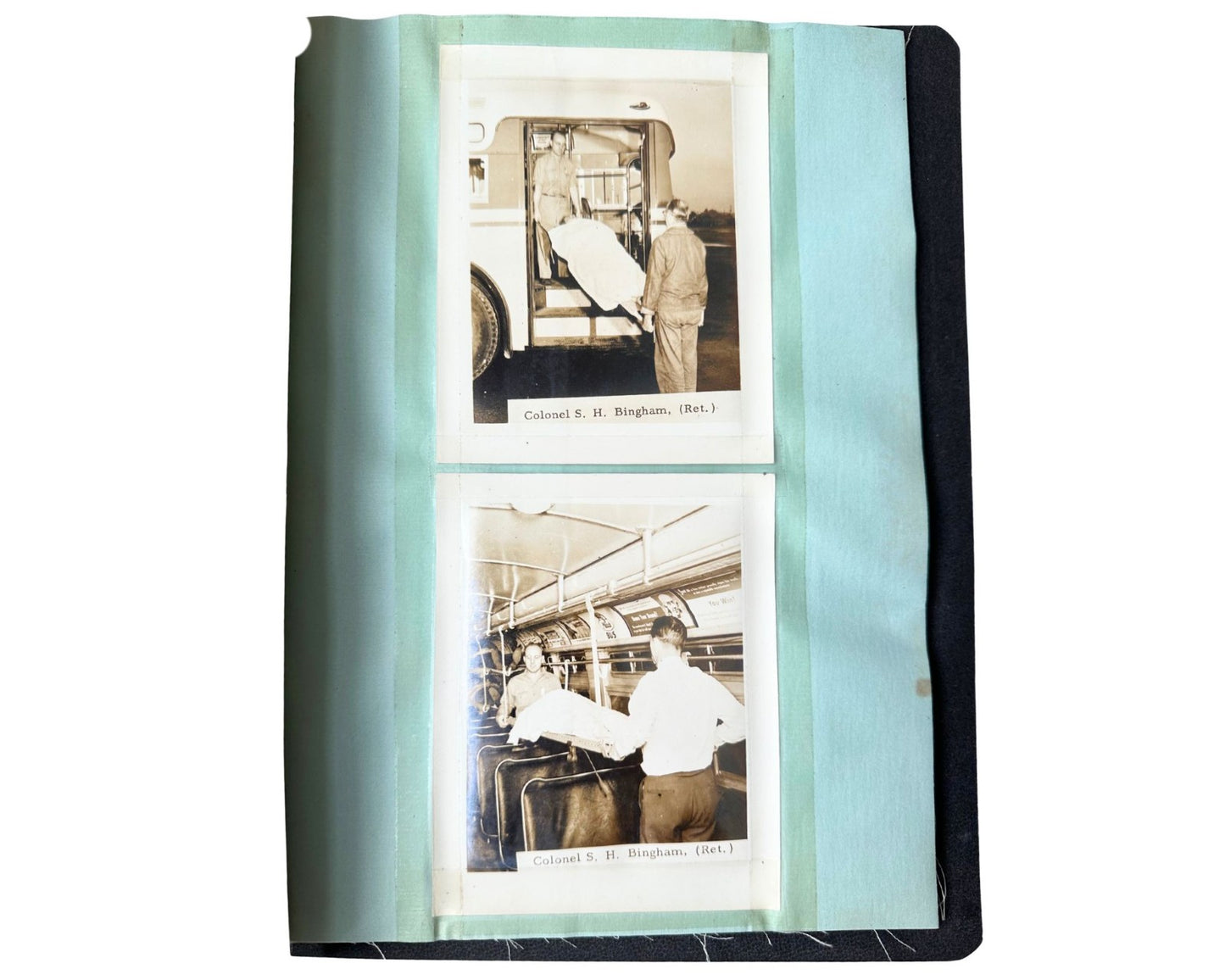
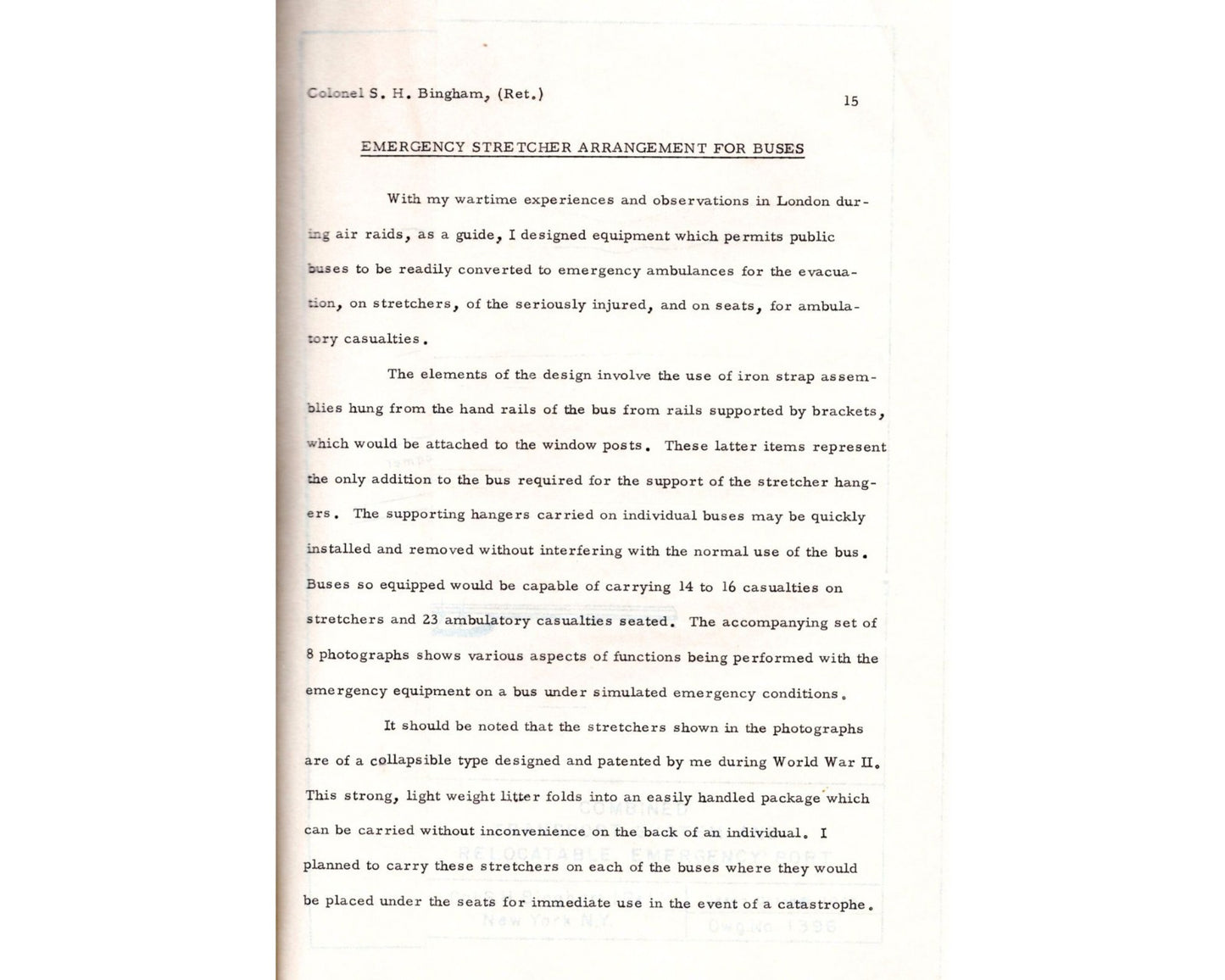
Join Our History Vault!
Be the first to discover rare artifacts, exclusive deals, and stories behind history’s greatest treasures.

